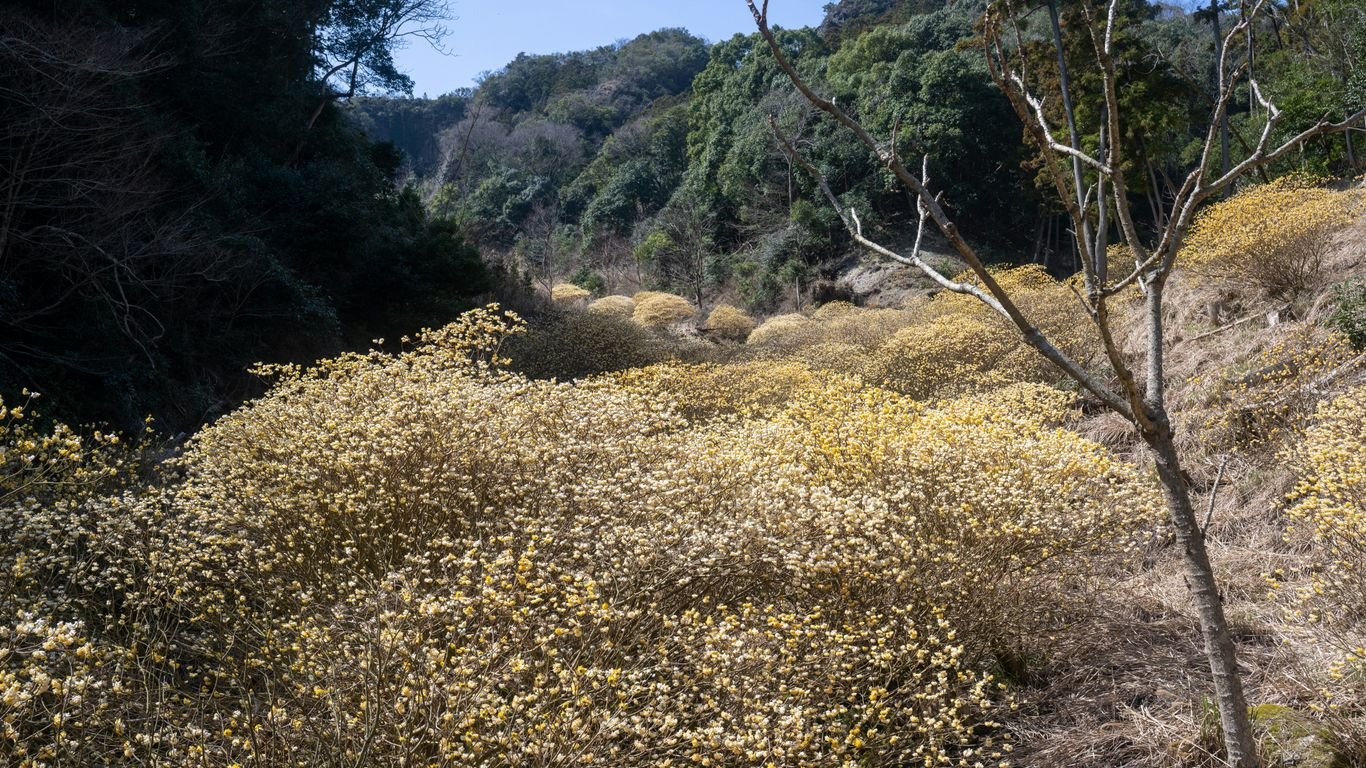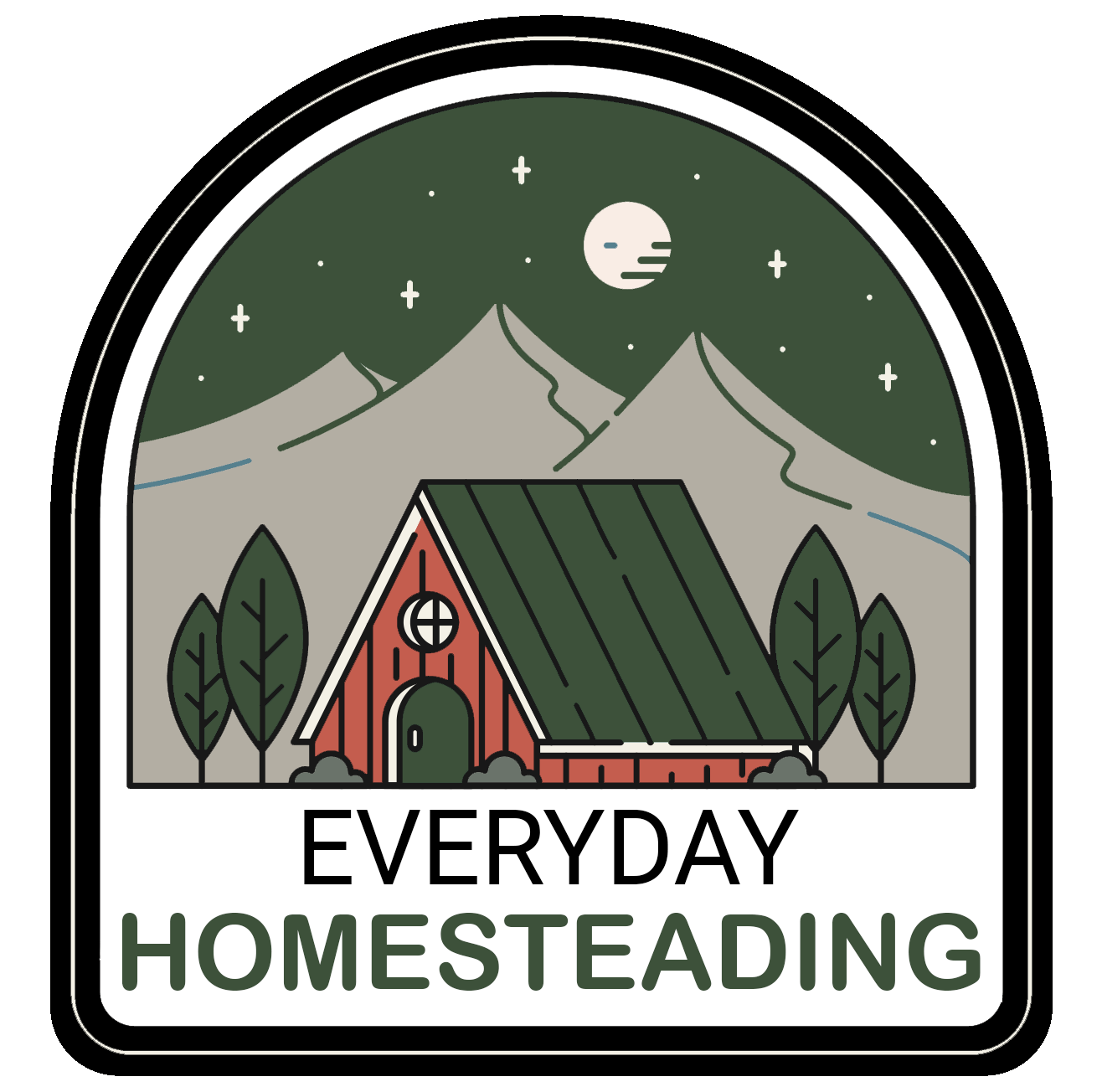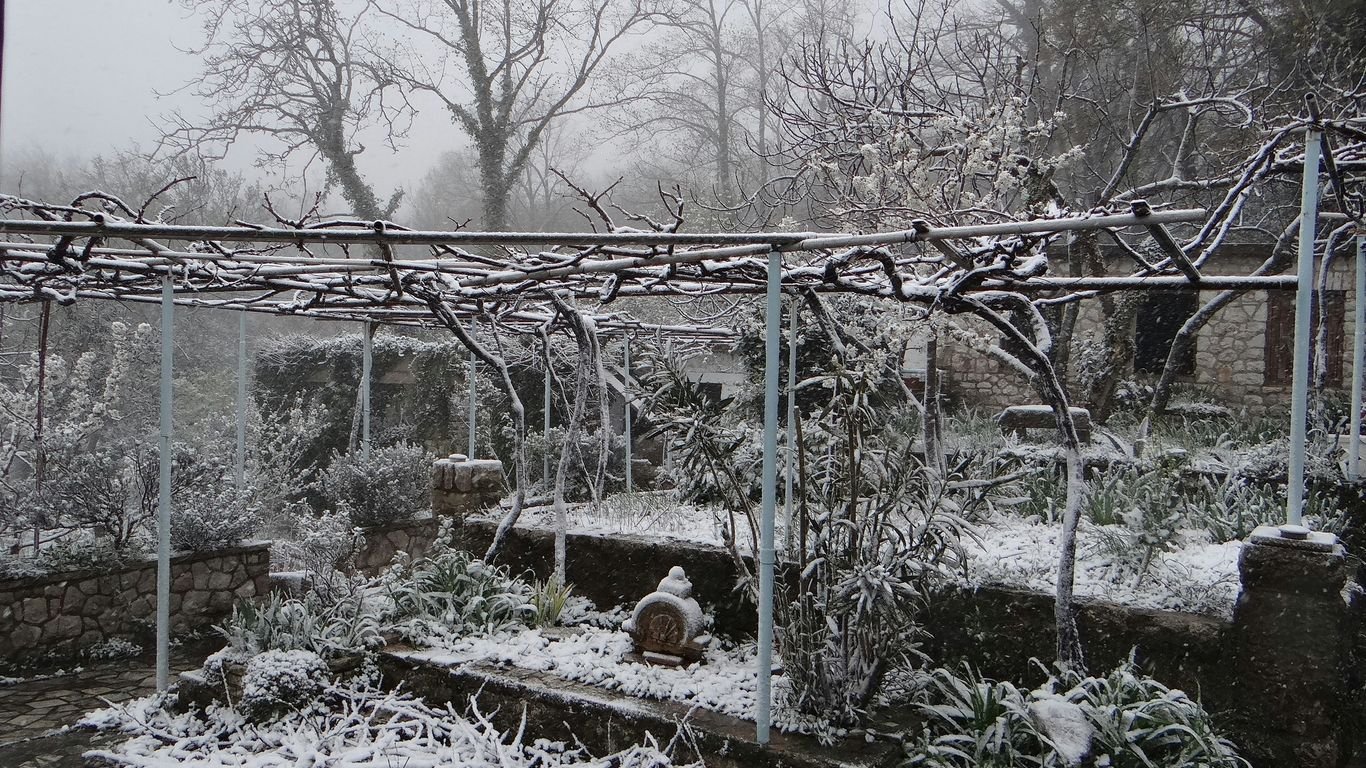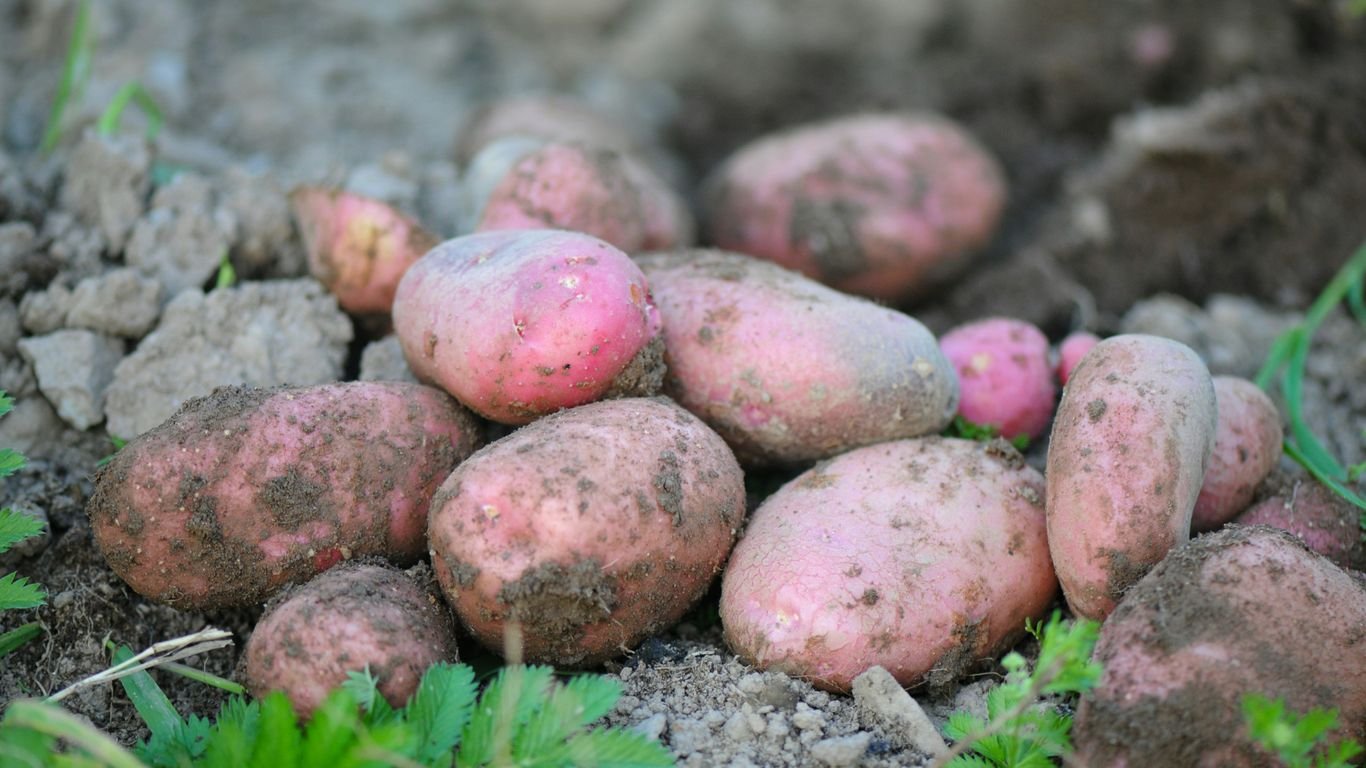Foraging in California: 10 Wild Edibles You Can Find Year-Round

We’ve all seen those shows where people go out into the woods and find all sorts of things to eat. It looks pretty cool, right? Well, we decided to try our hand at foraging in California, and it turns out there’s a lot more out there than we thought. Forget the grocery store for a bit; we’re talking about finding delicious, edible plants right in our own backyards or local parks. It’s a great way to connect with nature and maybe even save a few bucks. Plus, showing up to a potluck with a dish made from something you foraged yourself? That’s a conversation starter for sure. We’re going to share some of our favorite year-round finds, so get ready to explore the wild side of California’s edible landscape.
Key Takeaways
- Foraging in California offers a bounty of wild edibles that can be found throughout the year.
- Always be 100% sure of a plant’s identification before consuming it, as some have toxic look-alikes.
- Harvest responsibly by taking only what you need and leaving enough for wildlife and plant regeneration.
- Avoid foraging from areas treated with pesticides or close to roadsides where pollutants can accumulate.
- Learning about local edible plants can be a rewarding way to connect with nature and discover new flavors.
1. Wild Mustard
You know those bright yellow flowers that seem to pop up everywhere in California, especially in the spring and early summer? Chances are, you’re looking at wild mustard. We see them blanketing hillsides and filling in fields, and while they’re pretty to look at, they’re also a fantastic edible we can find pretty much all year.
When the plants are young, their leaves are tender and have a nice peppery bite, kind of like arugula but with a bit more zing. We like to toss them into salads for a fresh kick, or sauté them up with some garlic and olive oil as a simple side dish. They work great in stir-fries too, adding a bit of that mustardy flavor without being overpowering. Just remember to harvest them when they’re young; the older leaves can get a bit tough and spiny.
As the plant matures and starts to flower, those pretty yellow blossoms are edible too! They have a mild, pollen-like taste with a hint of heat, making them a lovely garnish for dishes or a fun addition to salads. Even the developing seed pods can be picked when they’re still tender and pickled for a tangy treat. Later on, the mature seeds can be harvested and ground to make your own mustard, though that takes a bit more effort.
Here’s a quick rundown of what parts we can use:
- Young Leaves: Best for salads, sautéing, or adding to cooked dishes. Harvest before flowering.
- Flowers: Edible as a garnish or in salads. Pick when bright and fresh.
- Tender Seed Pods: Can be pickled for a zesty condiment.
- Mature Seeds: Harvested and ground for making mustard.
It’s amazing how much flavor and versatility this common plant offers. We often overlook the ‘weeds’ around us, but wild mustard is a prime example of a readily available, nutritious food source that’s been used for ages.
2. Miner’s Lettuce

When we’re out exploring California’s wild spaces, one of the first things we look for, especially in the cooler, damper months, is Miner’s Lettuce. This little plant is a real gem, and its name comes from the Gold Rush days when miners would eat it to get their Vitamin C and avoid scurvy. Pretty smart, right?
Miner’s Lettuce, or Claytonia perfoliata if you want to get technical, has these really cool, round leaves that grow right around the stem, almost like a little saucer. They’re tender and have a mild, refreshing taste, kind of like a very gentle spinach or butter lettuce. We love using it as a base for salads, or just tossing it into sandwiches and wraps for a fresh crunch. It’s also great for garnishing dishes or even adding to smoothies if you’re feeling adventurous.
You’ll usually find it in shady, moist spots – think forest edges, along creek beds, or in damp meadows. It’s native to our area, so it’s a common sight if you know where to look. Just remember, when you’re foraging, always be mindful and leave plenty behind so the plant can keep growing and support the local wildlife.
Here’s a quick rundown of what makes it so great:
- Taste: Mild, refreshing, slightly sweet, and a little earthy.
- Texture: Tender leaves with a subtle crispness.
- Best Use: Fresh in salads, sandwiches, wraps, or as a garnish.
- Where to Find: Shady, moist areas, woodlands, stream banks.
It’s amazing how something so simple can be so satisfying. Miner’s lettuce is a perfect example of nature providing exactly what we need, often right under our noses.
3. Mallow
You’ve probably seen mallow growing everywhere, maybe even pulled it out of your garden thinking it was just another weed. Well, surprise! This common plant, often called "cheeseweed" because of its little round seed pods that look like tiny cheese wheels, is totally edible. We’ve got a couple of species around here, like Malva neglecta and Malva parviflora, and thankfully, they’re pretty easy to tell apart. The parviflora leaves are smoother, which we prefer, especially for salads, while neglecta can be a bit fuzzy.
What’s great about mallow is that you can eat pretty much the whole plant – the leaves, stems, flowers, and even the seeds. The young leaves are the best for eating raw in salads or sandwiches, offering a mild, slightly tangy flavor. As the leaves get bigger, they’re still good for cooking. We like to sauté them, toss them into soups, or even stuff them like grape leaves. They have this cool, almost gelatinous quality when cooked, thanks to something called mucilage, which can actually help thicken stews and soups naturally, kind of like okra does.
Mallow’s mucilaginous nature isn’t just for cooking; it’s also been used traditionally for soothing purposes. Think of it as a natural, edible comfort food for your insides.
If you’re looking for a refreshing drink, try making a cold infusion with mallow leaves. Just stuff some leaves into a pitcher of water and let it sit in the fridge for a few hours or overnight. It gets a bit viscous, which is totally normal and actually kind of nice. You can add some fruit or mint to it for extra flavor. It’s a simple way to enjoy this plant, and it’s available pretty much all year round, especially if you’re looking for tender greens during the cooler months.
4. Cattail

We often see cattails standing tall and proud in wetlands all over California, and while they might look like just another marsh plant, they’re actually a fantastic year-round food source. We can utilize almost every part of the cattail, making it a true wild edible powerhouse.
When we’re thinking about eating cattails, the season really dictates what part is best. In the winter, the rhizomes, which are those thick, underground root structures, are prime for harvesting. We can dig them up, mash them, and then soak them in water to extract a starchy flour. It’s a bit of work, and honestly, processing them can feel like a chore, especially when you’re dealing with muddy roots. But this flour can be used in baking, like in a hearty cattail-acorn bread.
Come spring, the plant sends up new shoots. These tender inner shoots are delicious when cooked. Think of them like a mild corn or a more delicate asparagus. We can boil them and then sauté them with whatever seasonings we have on hand – garlic and green onions are great if you’ve got them. The pollen from the flower heads can also be collected in spring and added to flour for a slightly different flavor.
As the year progresses into summer and fall, the flower heads mature and release their fluffy down. While this down is great for insulation or tinder, it’s not really for eating. However, the immature flower heads can still be cooked and eaten. We’ve also heard that the gelatinous fluid from the lower stalk can be used for minor skin irritations, kind of like a natural aloe, but we haven’t personally tried that.
One important thing to remember with cattails is their tendency to absorb things from the water they grow in. Always be mindful of where you’re harvesting. We want to avoid areas that might have pollution or heavy metals. Look for clean, flowing water sources if possible.
Here’s a quick rundown of what we can get from cattails and when:
- Winter: Rhizomes for flour.
- Spring: Tender inner shoots, pollen, and corms.
- Summer/Fall: Immature flower heads, and the down for non-food uses.
We’ve found that the younger, paler inner parts of the shoots are the most tender and palatable. Older, tougher parts can be fibrous and less enjoyable, so it’s worth taking the time to select the best bits.
5. Sour Grass Flowers
You know those little yellow flowers that pop up everywhere, especially after a bit of rain? The ones that look like tiny clover leaves? That’s likely Sour Grass, and guess what? We can eat them! They have this really bright, lemony flavor that’s super refreshing. It’s like nature’s own little burst of citrus.
We’ve been munching on these since we were kids, and honestly, they’re still a fun snack. Just be mindful of where you pick them. We try to avoid roadsides or places where pets might hang out. A friend’s yard or a clean patch of open space is usually best.
Here’s a quick rundown on how we like to use them:
- Toss them into salads for a zesty kick.
- Use them as a pretty garnish on just about anything.
- Chop them up and add them to dressings or marinades for extra tang.
The tartness comes from oxalic acid, so while they’re delicious, we don’t go overboard. A little goes a long way to brighten up a dish.
They often grow in big patches, so once you find one, you’ll probably find a whole lot more. It’s pretty cool to see fields of these little yellow flowers dotting the landscape. They’re a simple, cheerful reminder that good food can be found all around us.
6. Dandelion
Ah, the humble dandelion. We’ve all seen them, right? Those bright yellow flowers that turn into those fluffy seed heads we loved to blow on as kids. But these aren’t just weeds; they’re a powerhouse of nutrition and can be found pretty much everywhere, all year long, especially in California’s milder climates. We can use the whole plant – the leaves, stems, flowers, and roots. The leaves, which can be a bit bitter, are fantastic in salads, especially with a bright, zesty dressing. If the bitterness is too much, a quick blanch or steam can mellow them out.
We’ve found that the flowers are great for adding a pop of color to dishes or even sautéed with a little garlic. And don’t even get us started on the roots! Once dried and roasted, they make a surprisingly good coffee substitute, or they’re used in traditional root beer recipes.
Dandelions are packed with vitamins and minerals, including Vitamin C, potassium, and iron. They’re also known for their digestive benefits, helping to support liver and kidney function.
Here’s a quick rundown of what we use:
- Leaves: Best when young and tender for salads, or cooked to reduce bitterness. They have a slightly peppery, earthy taste.
- Flowers: Edible petals can be used raw in salads, made into jelly, or battered and fried.
- Roots: Roasted and ground for a coffee-like drink, or used in tinctures and teas.
Remember to always be sure of your identification and harvest from areas free of pesticides and pollution.
7. Acorns
Acorns are a true California staple, and while they might seem a bit intimidating at first, they’re a fantastic wild food source if you know what you’re doing. We’ve got oaks all over the place here, which means a pretty reliable supply, though some years are better than others. The key thing to remember with acorns is that they need processing. They’re packed with tannins, which give them that bitter taste and can be tough on your kidneys if you eat them straight. So, leaching is a must!
We usually start looking for acorns in the fall, typically November or early December, right when they start dropping. You’ll find them under various oak trees, like the Coastal Live Oak or Canyon Live Oak. Some acorns are bigger than others, and some trees are just more generous with their bounty. It’s always a good idea to check for weevil holes – those little critters can get into the nuts before they even hit the ground. If you see them, the larvae usually bail within a few days of the acorn falling.
Here’s a quick rundown on how we approach processing them:
- Gathering: Collect acorns that have fallen. Try to pick them up soon after they drop to avoid pests.
- Shelling & Peeling: This is the most time-consuming part. You need to crack them open and get rid of the outer shell and the thin skin (test) underneath. The skin can be a pain to remove, but it’s worth it for a better flavor.
- Leaching: This is where you remove the tannins. The most common methods are cold water leaching (soaking in cold water for days, changing the water frequently) or hot water leaching (pouring boiling water over the ground meal). Hot water is faster but can sometimes affect the oils in the acorn.
- Drying & Grinding: Once leached, you dry the acorn meat and then grind it into a flour. This flour is great for baking, making pancakes, or thickening stews.
While acorns are a great resource, remember they can’t sustain us alone. Think of them as a valuable addition to your wild food pantry, not the sole ingredient for survival. Plus, the process can be a bit of a workout, so be prepared for some effort!
Acorn flour doesn’t have gluten, so when you’re baking with it, you’ll likely need to mix it with regular flour to get things to hold together properly. It gives baked goods a lovely, slightly nutty flavor and a rustic texture. We’ve found that acorns can be quite oily, which is great for flavor but can sometimes lead to them going rancid faster, so store them properly and use them within a reasonable time frame.
8. Stinging Nettle

Okay, let’s talk about stinging nettle. Don’t let the name scare you off! While it’s true that brushing against a raw nettle plant can give you a pretty unpleasant sting, thanks to those tiny, hollow hairs filled with formic acid, we can totally work around that. The trick is to handle them with gloves until they’re cooked or dried. We usually find them popping up in disturbed soil or open fields, often near water sources.
The best time to harvest is when the plants are young and tender, typically in late winter through early spring. We like to go for the top four inches of the leaves, as older leaves can get a bit tough and bitter. Think of them as a superfood – packed with nutrients!
Here’s a quick rundown on how we handle them:
- Harvesting: Always wear gloves! Snip the young, tender top leaves.
- Processing: The stingers are neutralized by cooking. A quick blanch in boiling water for about 30-60 seconds does the trick. You can also dry them out.
- Cooking: Once blanched, they lose their sting and become quite versatile. We love them sautéed as a side dish, added to soups for an earthy flavor, or even blended into a pesto.
When cooked, stinging nettles have a flavor that’s earthy and a little grassy, with a subtle nutty taste. It’s a bit like spinach but with its own unique character. We’ve found they pair really well with other greens like mallow or chickweed if you’re feeling adventurous with your pesto or sauté.
Don’t be afraid of the sting; with a little care, stinging nettle is a fantastic wild edible to add to our foraging basket.
9. California Polypod Ferns

When we think about foraging, we often picture berries or greens, but ferns offer a unique and often overlooked bounty. The California polypod fern, specifically its young, coiled fronds known as fiddleheads, can be a tasty addition to our meals. These are typically available in the spring, but depending on the microclimate and rainfall, we might find them a bit earlier or later in the year. We need to be absolutely sure we’re identifying the right fern, as not all are edible.
Finding them usually means looking in damp, shady spots, often near streams or in redwood forests. They unfurl from a central point, looking like the scroll of a violin – hence the name fiddlehead.
Here’s what we look for when foraging for California polypod fern fiddleheads:
- Shape: They should be tightly coiled and fuzzy.
- Color: Typically a vibrant green, sometimes with a reddish tint.
- Texture: Firm and crisp to the touch.
Before we cook them, it’s important to prepare them properly. We usually give them a good rinse and then a quick blanch or steam. They have a delicate, slightly earthy flavor, a bit like asparagus or green beans. We like to sauté them with a little garlic and olive oil, or add them to stir-fries. Just remember, always harvest responsibly, taking only a small portion so the fern can continue to grow. We never want to deplete a patch.
It’s really important to get your fern identification down pat. Some ferns can cause stomach upset, and a few are downright toxic. If you’re not 100% sure, it’s best to leave it be. We always double-check with a field guide and sometimes even consult with a local expert before we try anything new.
10. Wild Strawberries
Ah, wild strawberries! These little gems are a true delight to find, and the best part is, we can often spot them throughout much of the year in California, especially if we know where to look. They’re not the big, juicy ones you get from the store, but their flavor is something else entirely – a concentrated burst of pure strawberry goodness that just can’t be matched. We’ve found them popping up in meadows, along trails, and even in our own backyards if we’re lucky.
Finding these tiny treasures is a rewarding experience. They tend to prefer sunny spots but can also be found in dappled shade. Keep an eye out for their low-growing, leafy green plants. The fruit itself is usually small, often no bigger than your fingernail, and a vibrant red when ripe. Unlike their cultivated cousins, wild strawberries have a more intense, sometimes slightly tart, flavor that makes them perfect for snacking right off the vine or adding a special touch to desserts. We’ve learned that the season can extend from late spring all the way through fall, depending on the specific location and weather patterns. It’s always a good idea to familiarize yourself with the Alpine Strawberry if you’re interested in similar small, flavorful fruits.
Here’s what we look for:
- Plant Appearance: Small, low-growing plants with toothed leaves, often in groups of three.
- Fruit: Tiny, red, and intensely flavored, usually much smaller than store-bought varieties.
- Habitat: Open, sunny areas, meadows, forest edges, and sometimes along trails.
When foraging for wild strawberries, remember that patience is key. These small fruits require a keen eye and a gentle touch. Always be absolutely sure of your identification before consuming any wild plant. It’s wise to spend time observing them through their life cycle to truly understand what you’re looking for.
We’ve found that the best way to enjoy them is simply by popping them straight into our mouths as we find them. They add a wonderful, natural sweetness to salads or can be a delightful topping for yogurt or pancakes. Just be prepared to pick a lot if you want enough for a pie – these little guys are tiny!
So, What’s Next?
We’ve covered a bunch of plants you can find pretty much any time of year here in California. It’s pretty cool, right? Thinking about all this wild food growing right under our noses. It’s not just about finding food, though. It’s about getting outside, learning about nature, and maybe even connecting with how people used to live. Remember to always be super careful when you’re out there. Double-check what you’re picking, know your surroundings, and always leave plenty for the plants and animals. Happy foraging, everyone!
Frequently Asked Questions
Is it safe to eat wild plants?
It can be, but we have to be super careful! The most important rule is to be 100% sure about what you’re picking. Some wild plants look a lot like poisonous ones. We suggest studying plants for a whole year, watching them grow and flower, before you try eating them. It’s also a good idea to learn from experts or take a class. Never pick plants from roadsides or places that might be polluted, because they can soak up bad stuff.
Where should we avoid foraging?
We should never forage near busy roads, in sprayed fields, or in areas where pollution might be a problem. Plants can absorb toxins from their surroundings. It’s best to find clean, natural spots away from human activity and chemicals. Also, avoid areas with lots of pets, as they can leave waste that contaminates plants.
How can we forage responsibly?
When we forage, we need to think about nature. We should never take all of a plant from one spot. A good rule is to leave at least two-thirds of the plants so they can grow and reproduce. This ensures there’s enough for wildlife and for the plants to keep growing year after year. We also need to consider if a plant is native or not. For non-native plants that might be taking over, harvesting them can actually help the local environment.
What if we pick the wrong plant?
Picking the wrong plant can make us very sick, or worse. That’s why identification is key. We can use plant identification apps, but we shouldn’t rely on them alone. It’s much safer to cross-reference with books, websites, or even better, learn from someone experienced. If you’re unsure, it’s always best to leave it be. Trying a new wild edible in small amounts at first is also a smart move.
Can we forage in our own backyard?
Absolutely! Many common ‘weeds’ that pop up in our yards are actually edible and nutritious. It’s a great way to start learning about foraging right at home. Just make sure your yard hasn’t been treated with any pesticides or harmful chemicals. Observing what grows in your own space can be a fantastic first step.
Why forage when we can buy food at the store?
While grocery stores offer convenience, wild plants can be incredibly nutritious, sometimes even more so than store-bought options that might have lost nutrients from farming and transport. Foraging connects us to nature, teaches us about our local environment, and adds a unique, exciting element to our meals. Plus, the act of finding your own food can be incredibly rewarding and fun!






